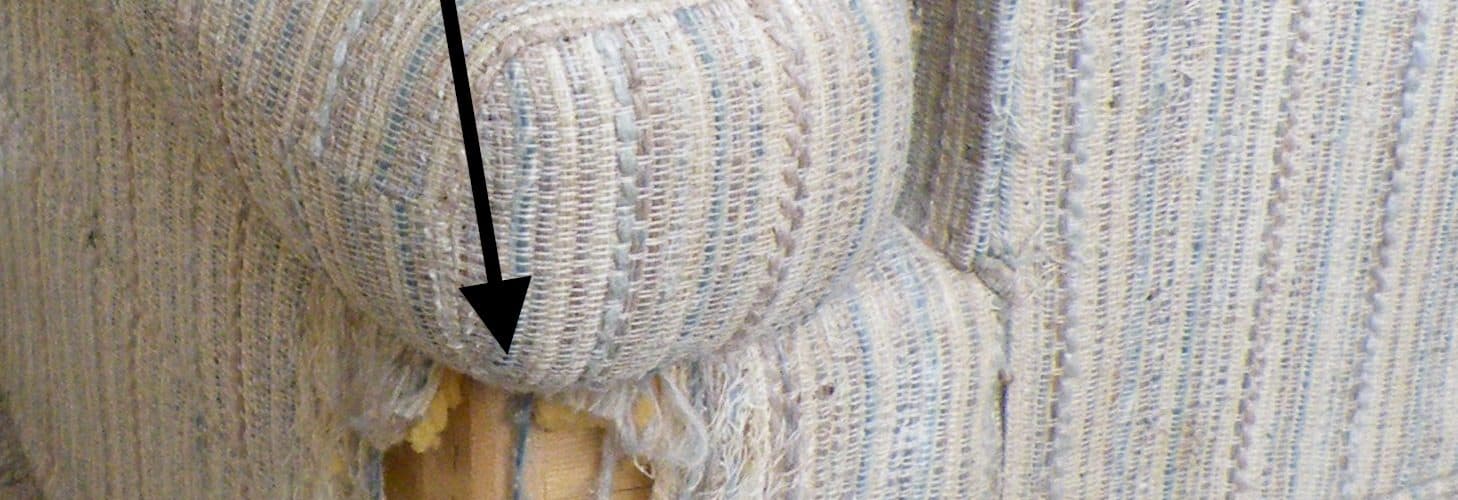Cats make wonderful pets. They don’t require the walking and attention that dogs demand from their owners. They can be left alone for an entire weekend if they have food and a clean litter box. They are playful and affectionate and who doesn’t love the sound of a purring cat. Being small creatures, they can thrive in small apartments just as well as in large houses. But like any other pet, they can have habits that their owners will want to squelch. The most notorious is the habit cats have of clawing up the furniture. However, like any other animal behavior, this can be successfully resolved by the dedicated cat lover.
Why do cats scratch?
Before we examine methods of deterring the cat from destroying the chaise lounge, let us first examine why the cat claws. It is a misconception that the cat is sharpening its claws. Rather, the cat is peeling off the top layer of the growing claw. Like skin renews itself by growing new cells and sloughing off the old layers, so too the cat’s claws continually renew and the top layer but be continually removed. Thus, the cat scratches any rough surface that will catch that top layer and help peel it off. Unfortunately, upholstery seems to work all too well for this purpose.
What do I need?
So seeing that the cat really must scratch, the idea is to offer the cat appropriate surfaces with which to do so and to discourage the use of inappropriate areas. In this, every cat has unique tastes and the owner must experiment. Scratching posts come in a variety of styles. Some are covered with a carpeting material. Others are covered in a rougher twine-like material called sisal. Still another version is made from cardboard and may be suspended from a door knob or laid flat on the floor. Be willing, also, to experiment with presentation. For example, considering the cardboard type of scratcher, some cats are completely uninterested when it is suspended but will adore it if laying flat. Also, consider where your cat is scratching. If the cat seems to like climbing the curtains, it may be wise to invest in a tall “kitty condo” which will allow the cat to climb to great heights. If the furniture your cat seems to like has rough upholstery, a rougher cat scratching post will probably work better than a softer carpet covered one.
What do I do?
Once you have provided the cat with alternatives to the furniture, the next step is to train the cat to use it. Many posts come with catnip which will attract the cat to it. Whenever you catch your cat using an inappropriate item to scratch, simply remove the cat and take it to the appropriate spot. It would be wise to have several scratching posts, in many rooms of the house. This training is most effective with the small kitten. The older cat may require more time and patience. This does not mean, however, that the furniture needs to take a beating. Covering the cat’s favorite areas with plastic or clear packing tape will effectively discourage the cat from using the area. Bubble wrap is especially despised by most cats. And you may have to remove the curtains from the windows for awhile if you have an truly determined climber. But with patience and a little ingenuity, almost any cat can be trained not to scratch the furniture.







